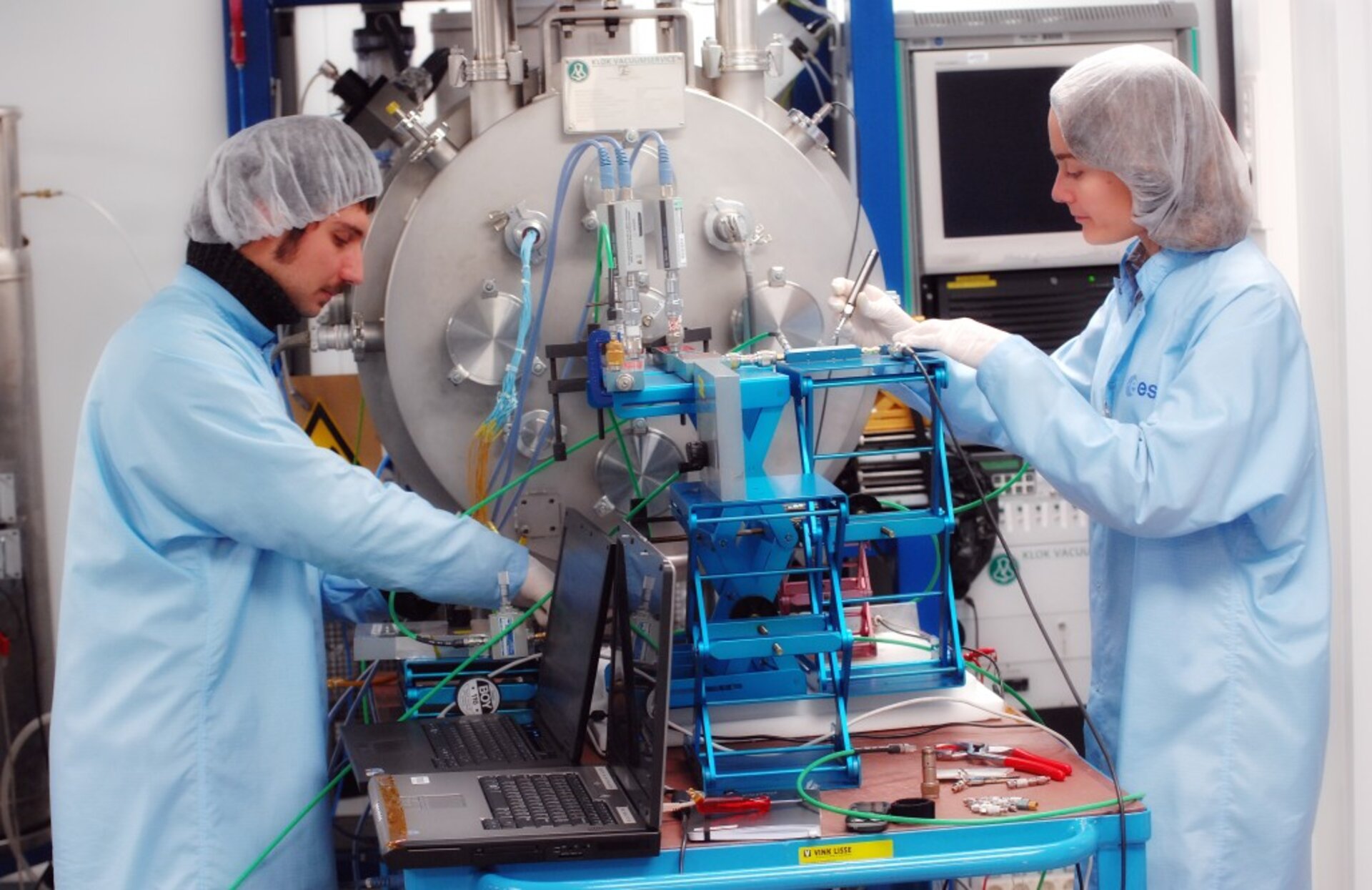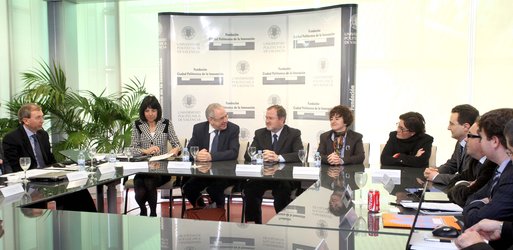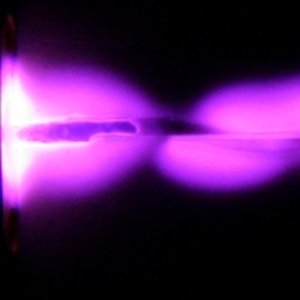ESA’s relocated space radio lab celebrates busy first year
A year ago ESA’s specialist laboratory investigating high-powered radio operations in space migrated from the Netherlands to Spain. It has retained its important role in European space projects during the 12 months since, performing more than 100 tests for 19 campaigns.
Much of this work has been directly related to ESA projects, including the operational Earth-observing missions Sentinel-1, Sentinel-3 and Earth Explorer Biomass mission, the Alphasat telecommunications satellite and the Galileo navigation constellation.
The European High-Power Radio Frequency (RF) Space Laboratory was originally based at ESTEC, ESA’s technical centre at Noordwijk, the Netherlands.
It was set up in 1985 in support of ERS-1, Europe’s first radar satellite, to study potentially harmful effects of prolonged high-powered RF operations in vacuum.
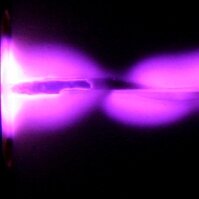
These effects include ‘multipactor’, where RF systems’ powerful electric fields accelerate electrons to trigger an erosive chain reaction; ‘corona’, where vestigial gases can lead to damaging electrical arcing; ‘passive intermodulation’, where powerful outgoing RF signals cause interference to adjacent receivers.
The Laboratory’s technical support has proved crucial to numerous missions over the last quarter of a century, especially as telecommunication systems grow ever more powerful.
Then, in March 2010, ESA entered into an agreement with the Valencia Space Consortium – a non-profit organisation set up by Valencia’s two universities, its regional government and municipality – to host the RF Laboratory.
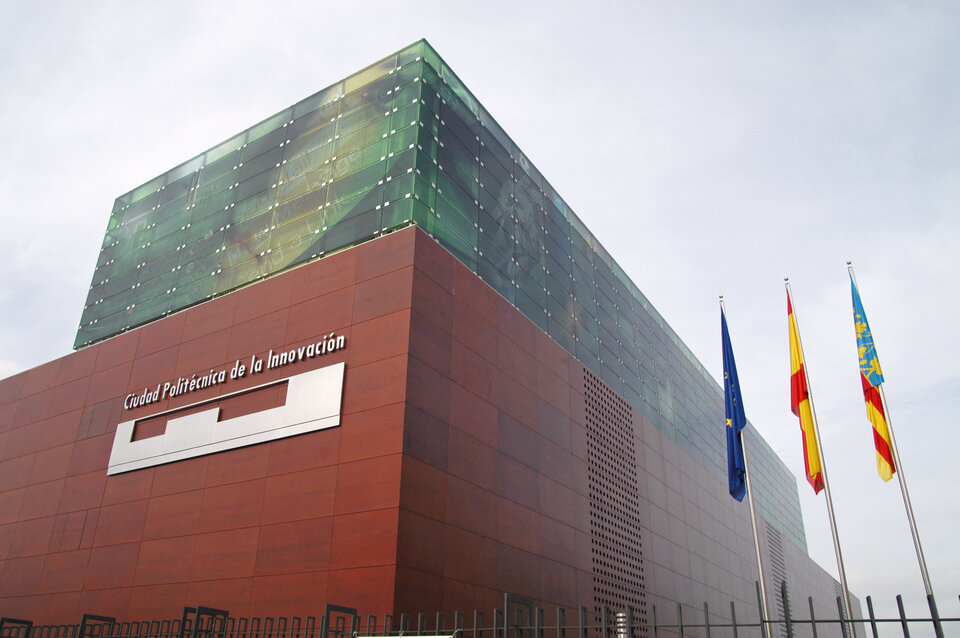
The deal came in response to an announcement of opportunity made by ESA the previous autumn, looking for a partner with the appropriate competence and resources to support the operation, maintenance and further development of the facility, and a complementary need for using it, at the same time as maintaining its established independence and open access for all ESA member states.
“Once the deal was signed with ESTEC’s then director, Michel Courtois, and the President of the Regional Government of Valencia, Francisco Camps Ortiz, we commenced a busy race to bring the new joint laboratory towards full operational status in the city of Valencia,” explained Laboratory manager David Raboso, of ESA’s RF Payload Division.
“ESA and VSC had to dismount all the equipment from the ESTEC site, ship it to Spain and reassemble it to accommodate the first scheduled test campaign by early July 2010, a period of just two months.
“In parallel, the Valencia infrastructure was being completed, so there was a cleanroom ready to accommodate the new facility.
“On 28 June the opening took place and within three days we were fully operational.”
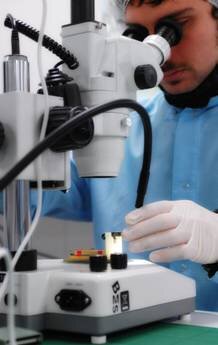
The Laboratory is staffed by an international team of engineers and physicists managed by David, in strong cooperation with the two universities within VSC, the Technical University of Valencia and University of Valencia.
“These institutions are also a valued source of theoretical knowhow, enhancing the expertise of our team and its ability to provide accurate diagnostics for testing,” explained David.
“During our first year of operations approximately 80% of test units failed on the first attempt while almost 95% were successfully qualified after a second try – proving the effectiveness of the diagnostic support provided after the initial failure.”
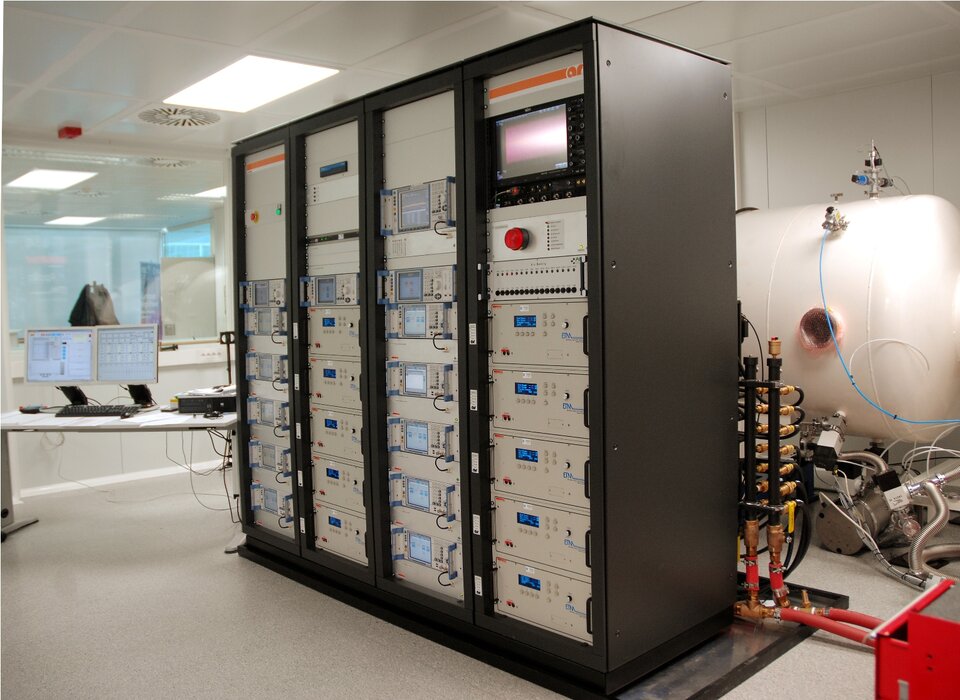
The ESA/VSC team has worked more than 4000 hours in support of European space industry. In addition, a number of scientific publications have been enabled as a result of Laboratory testing.
One of the main reasons for relocating the Laboratory was the opportunity for development that it made possible.
Last March, the new facility became home to the Multicarrier Test Facility, a state-of-the-art unit developed with ESA funds for understanding RF breakdown in ‘multicarrier’ operation, where multiple data streams are carried in the same signal.
This unique resource should enable staff to write the book – literally – on this problem, updating the standard European Cooperation on Space Standardization technical document.
“This joint adventure between ESA and VSC has also opened up the possibility for young scientists from European universities to make use of the available facilities and complete theoretical PhD work with experimental results,” concluded David.
“It is fair to say our partnership is proving successful well beyond initial expectations.”


